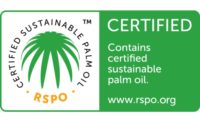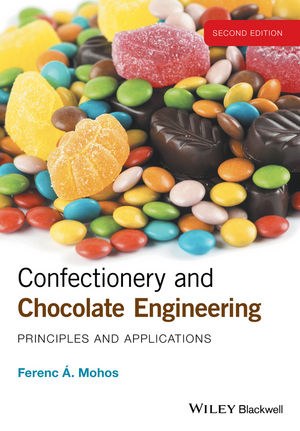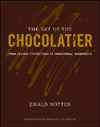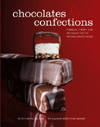The latest confectionery enrobers are easier to clean and allow manufacturers to easily switch between types of chocolate.
Gitte Svenstrup, head of technical sales and Aasted Technology Center, said enrobers are typically used when confectioners want to make chocolate pralines or chocolate bars.
While some manufacturers may use molding lines for those products, Svestrup said there are advantages to enrobing.
“While both options have their benefits and limitations, the enrobing line allows you to make more unique products as you can combine masses differently and play with texture, soft masses inside a dense mass, etc.,” she explained. “For example, it allows you to use you more dense masses, such as fudge, fondant, marzipan and protein masses. You can also use softer and more pliable masses like ganache, hazelnut nougat and caramels, but they need to keep its shape.”
Confectioners looking to install a new enrobing line should look for “solutions that are easy to handle (adjust) and easy to clean,” Svenstrup said. And of course, they should factor in energy consumption.
“When deciding to buy an enrobing line, it is also essential to think about the future product prospects and the capacity you will like to achieve,” she explained.
The line also needs to have the right cooling time.
“You usually will say a minimum of 7 minutes of cooling is required, depending on your line's speed. Ultimately, the choice of your product will have an impact on the length of the cooling tunnel,” Svenstrup said. “Therefore, if you think you will increase the capacity of the line in the future, it might be a good idea to have this in the project to begin with.”
It’s also important to keep the chocolate well tempered and uniform, because it can impact production schedules.
“If the chocolate is unevenly tempered, it tends to build up and block in the enrober; this requires shutting the line, reheating and cleaning the enrober before you can continue your production,” Svenstrup said. “If you have a uniform pre-crystallized chocolate, a good enrober will be able, in most cases, to produce 24/7.”
Maybe the most important factor to consider when it comes to enrobers is how they manage changing between types of chocolate. Svenstrup said a flexible service tank can help with this process.
The Aasted Nielsen enrober eliminates the hassle with long changeovers and cleaning efforts by allowing the user to take out the interior unit on air skates, insert the new unit and be ready for the new enrobing process.
“The new design allows easy removal of the complete interior of the enrober as a complete unit,” the company says. “This allows for swift changeover to new enrobing material as well as complete hose down.”
Bühler’s ChoCoat enrober also provides quick changeovers, offering users a feature where they can cleanly switch between colors, chocolates and masses in just 35 minutes.
As for the future, Svenstrup believes enrobers will be even more customizable and more flexible.
“Hopefully, it will be possible to have a smooth change from dark to white chocolate, change patterns of the wire mesh by pressing a button, or maybe a cold stamp as a signature at the top of the products,” Svenstrup said.
Technology also could play a role.
“Big data will allow predicting the life cycle of wear parts," Svenstrup said. "This means the enrober will be able to communicate with the warehouse to order new wear parts in time to avoid a breakdown of the line.”








